Wished you had tried to grow your own pumpkin patch for a fall harvest? While it may be late to grow one this fall, you can make some plans now for May planting season.
Indeed with the warm fall colors and with neighbors taking pride in their harvest, you wish you had grown one your own. But good for you when you can learn from some gardening mistakes and avoid it when growing pumpkins your own.
With this growing guide, you can grow your own pumpkin patch in every growing season.
How To Grow Your Own Pumpkin Patch | Garden Season Growing Guide
While a Halloween garden and home decor aren’t complete without the pumpkin jack o’ lanterns, I grow pumpkins for so many reasons. I just love pumpkin seeds for snacks and pumpkin pies are a treat in the family.
Growing pumpkins can be intimidating on accounts of space, pests, and diseases. Whether you’ve grown a pumpkin patch before or dying to grow one, you’ll find some tips here that could be useful.
Find out what these are and learn how to grow your own pumpkin patch as you read through.
When To Grow Your Own Pumpkin Patch
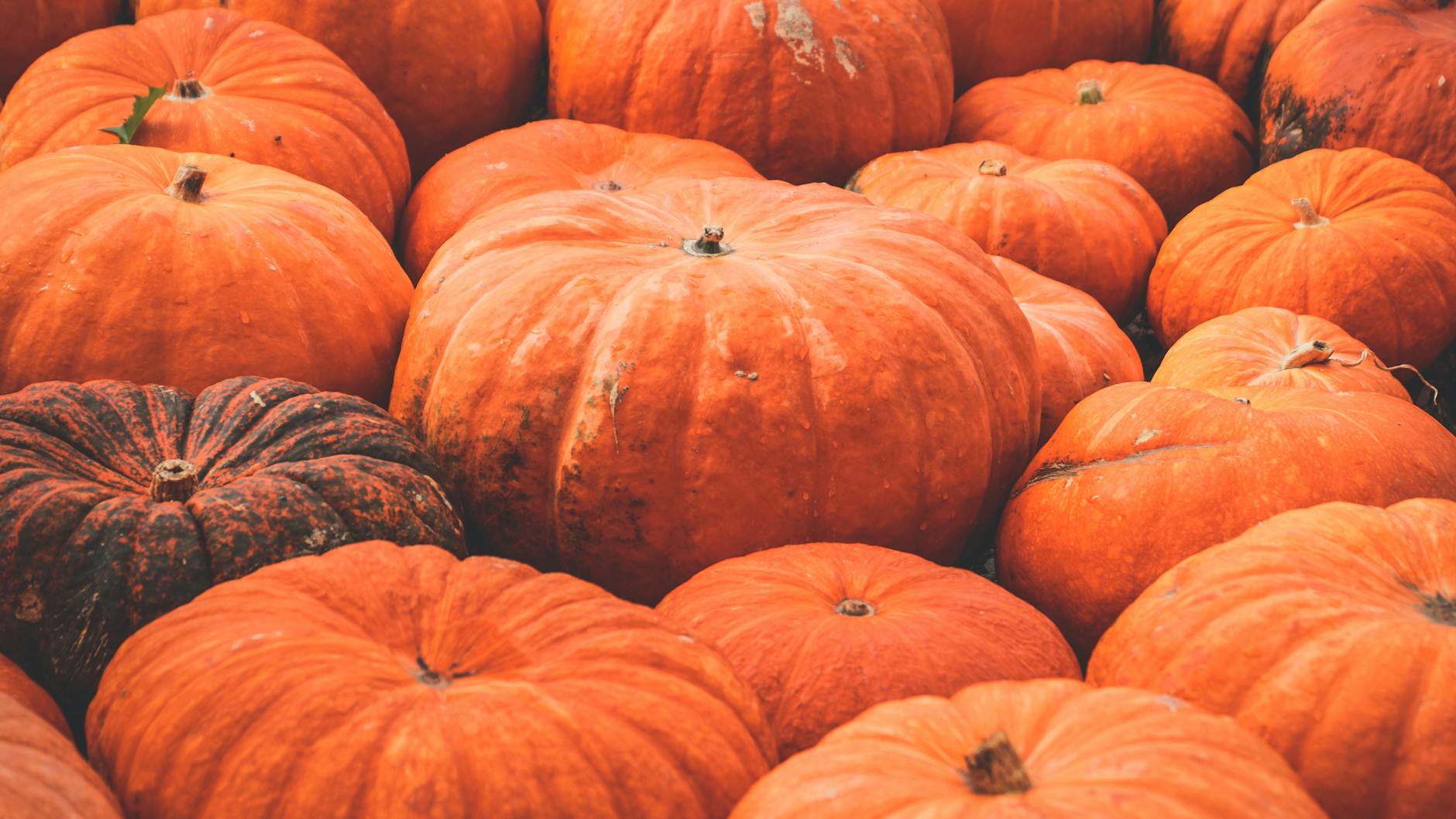
Pumpkins are frost sensitive so make sure all danger of frost is gone before planting. To determine your hardiness zone can also help you time your planting season for pumpkins.
But late May would be ideal for Northern gardeners and early July in the south. Depending on the variety and your hardiness zone, you can also grow pumpkins for late fall harvest.
Pumpkin Varieties
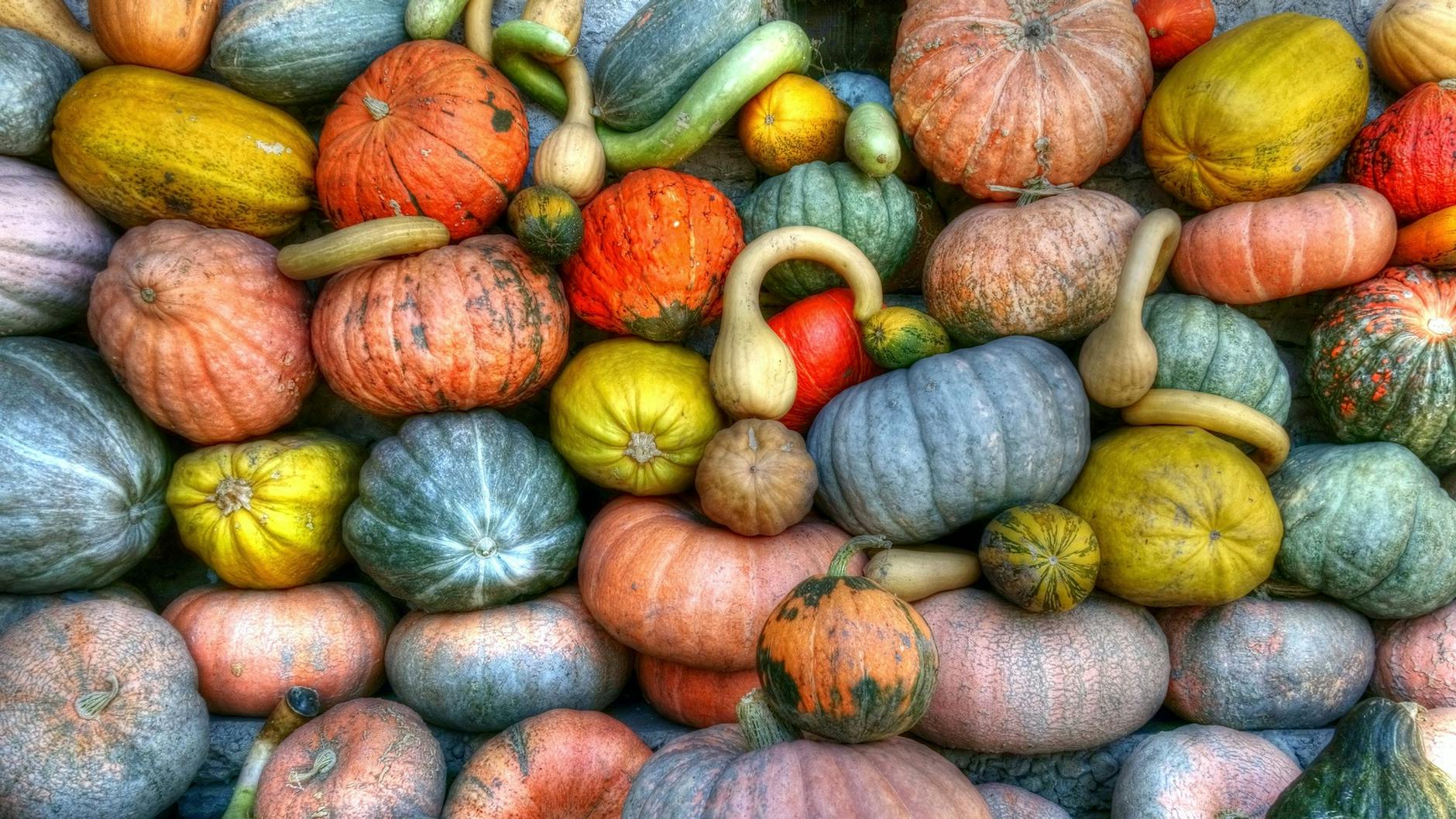
Identifying plant varieties can help you if you want to save the seeds of open-pollinated species.
There are four cultivated species that are considered pumpkins. They are Cucurbita Pepos like the acorn squash, Cucurbita maxima which are the giant varieties like Cinderella, and Cucurbita moschata like the butternut squash.
Finally, Cucurbita argyrosperma like the silver seed gourd and cushaw pumpkin.
If you want to grow giant pumpkin varieties, then the Big Max and Cinderella variety is right for you. Read further to learn about cross-pollination.
Pumpkin Patch Location
Pumpkins are sunlight and heat loving so make sure your patch is located where it can get enough sunlight. Avoid growing them near trees or anything to block sunlight from your pumpkin patch.
Area Size For Growing Pumpkins
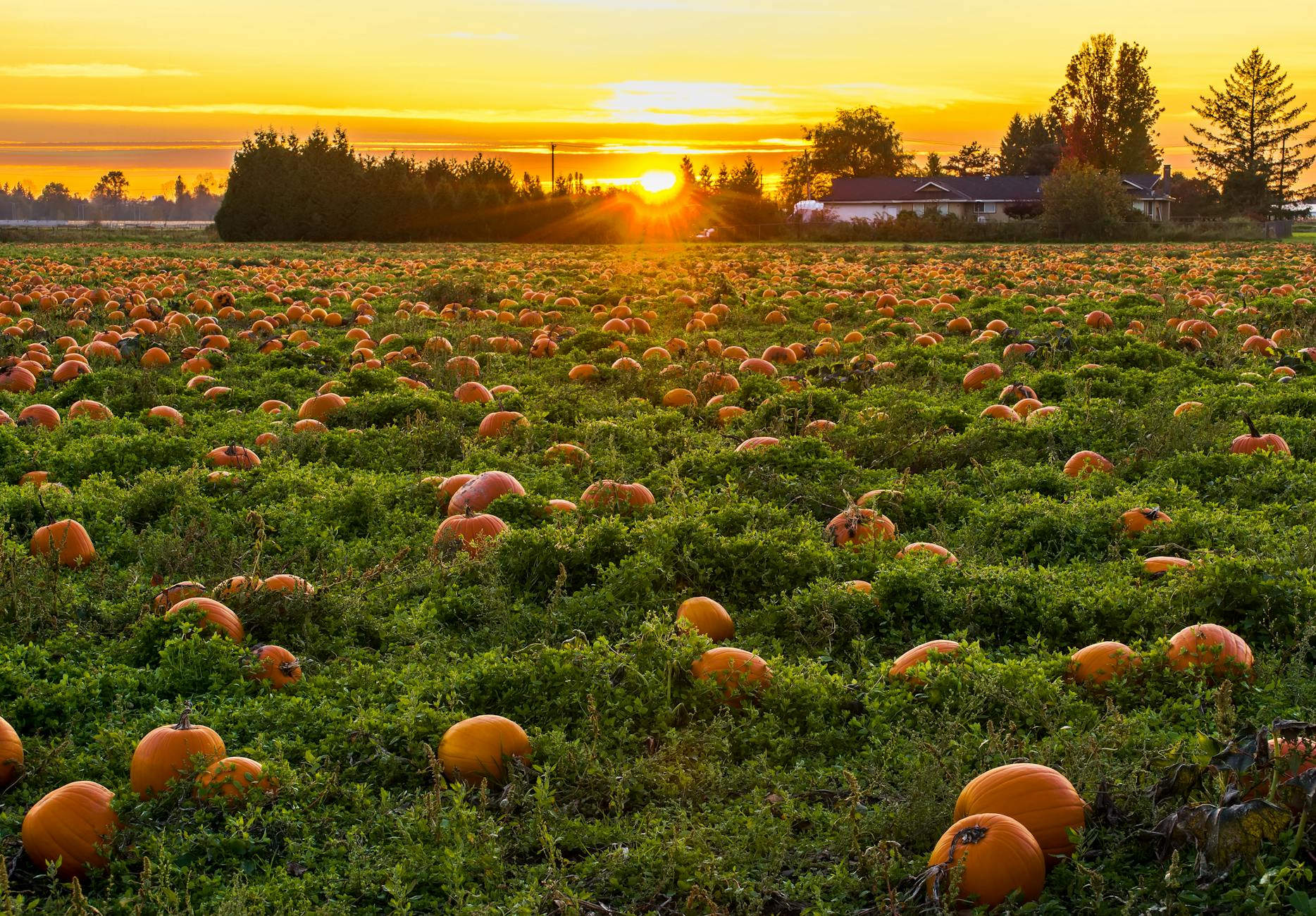
Most pumpkins grow in very large vines and can take up space. Although there are compact or bush type pumpkins plan for an area of 50 to a hundred square feet.
However, pumpkins can also climb in trellises so you can still make up for a limited space.
How To Plant Pumpkins In 5 Easy Steps
Step 1. Prepare Soil
Pumpkins like all cucurbits grow best in a loose and well-draining soil. You can add compost to your soil before you plant pumpkins to ensure good growth. You can also apply a layer of fertilizer as pumpkins can be heavy feeders.
Step 2. Create A Small Mound
You can directly plant seeds in hills. Gather up the soil you prepared previously to form mounds. Space your hills three to five feet apart to give room for growth.
Step 3. Plant Pumpkin Seeds
Poke a hole in the mound and drop three to five seeds. You can apply plastic mulch over your plants. This will warm up the soil and speed up seed growth.
Step 4. Thin Seedlings
When the seeds have sprouted and have grown two true leaves, thin the seedlings. This is by pinching the smaller, unhealthy looking seedlings by the base. Keep two to three seedlings to grow in each hill.
Step 5. Water And Mulch
Drip irrigation would be ideal for watering pumpkin seedlings to water them deep and kept moisturized. Mulching would be great as well to conserve water and keep your pumpkin plants moisturized.
Tips For Caring To Harvesting Your Pumpkin Plants
With your pumpkin plants growing, you will need to work on the following tips for a successful pumpkin patch.
1. Dealing With Pumpkin Pests And Diseases
Squash bugs are some of the most common pests to pumpkins. Check the leaves of your pumpkin plants regularly for any sign of eggs and adults to get rid of them outright.
You can also put a cardboard at the base of your pumpkin plant and leave it overnight. Check the following day for hiding pests and squish them.
2. Watering And Fertilizer
With the sheer size of pumpkins, they can be such thirsty plants and are heavy feeders too. A soaker hose would be the best but a watering can will do.
As your plant grows, you can feed them once a month with a fertilizer low in nitrogen but high in phosphate and potassium. A fertilizer with high nitrogen content can only make the plant grow but won’t produce fruits.
3. Pollinating Pumpkins
You can pollinate pumpkins yourself to be sure you only get a true to seed cross-pollination. Here the steps:
- Choose a flower for pollinating in the morning just as the flowers are open and before the bees are out.
- Cut the outspread petals from a male flower keeping the cup-like part with pollen.
- Take the stamen of the male flower and swirl it around the female flower.
- Then bag the female flower so no pollinator can get it.
Pumpkin varieties don’t all cross-pollinate. You can plant Howden which is Pepo with Cinderella which is a Maxima and they won’t cross. But if you plant Howden with Musquee de Provence which is a Moschata, they will cross. To cross-pollinate pumpkin varieties, you can refer to the table above for the cross-pollinating plant varieties.
4. Harvesting Your Pumpkins
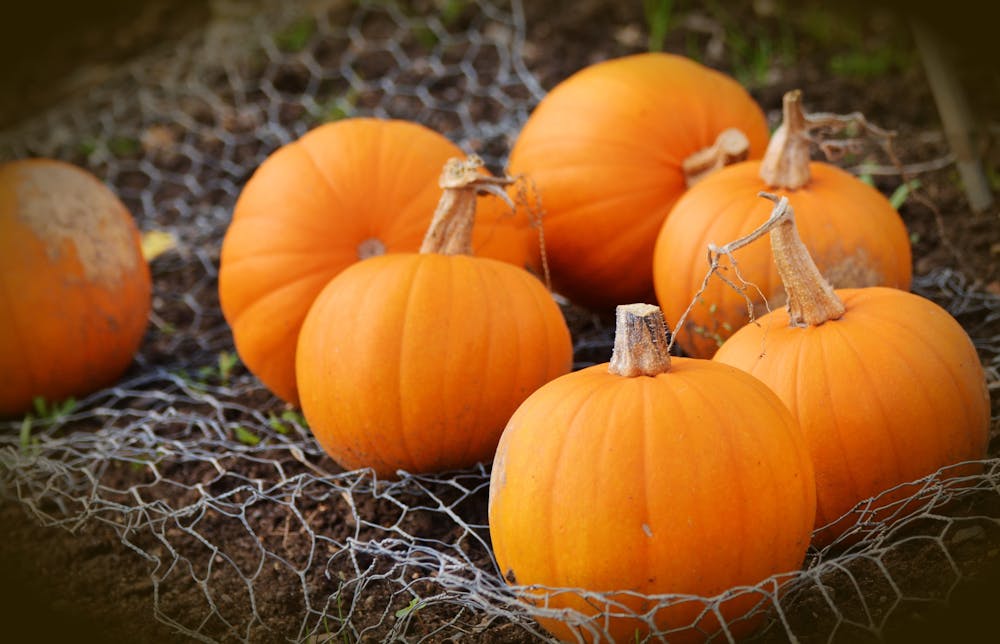
Your pumpkins are ready for harvest when the rind is hard and the color is either a uniform orange, yellow, or white depending on the variety.
Cut the pumpkins from the vines before the first frost by leaving two to three inches of the handle. A pumpkin with the handle stores longer. If the handle is removed, make sure to use this pumpkin first.
5. Storing Pumpkins
Pumpkins stores great, but with curing, you can store them far longer. Wash the pumpkins well to remove any dirt and thoroughly dry them. Put them out in the sun in a greenhouse or a sunny windowsill to harden up the skin.
With the pumpkins cured, you can now put them in a dry, well-ventilated place. Don’t stack them up but give them space instead to allow the air to circulate around them. Giving them extra padding will allow for air circulation and will prevent skin softening.
For more details to growing your own pumpkin patch, check this video from GrowOrganic Peaceful Valley:
The cooling of the weather, falling leaves, warm fall colors, and pumpkins best signal fall season is here. In fact, carving pumpkins is a family tradition in Halloween and pumpkins are an important garden crop in the fall.
Why keep buying pumpkins when you can grow your own pumpkin patch? So grow a pumpkin patch with this growing guide and look forward to a pumpkin harvest every fall season for the years to come.
How do you like your pumpkins? Share with me how you enjoy your pumpkins by posting it in the comments section below.
You can also check for the crops to grow in every season for your vegetable garden here.



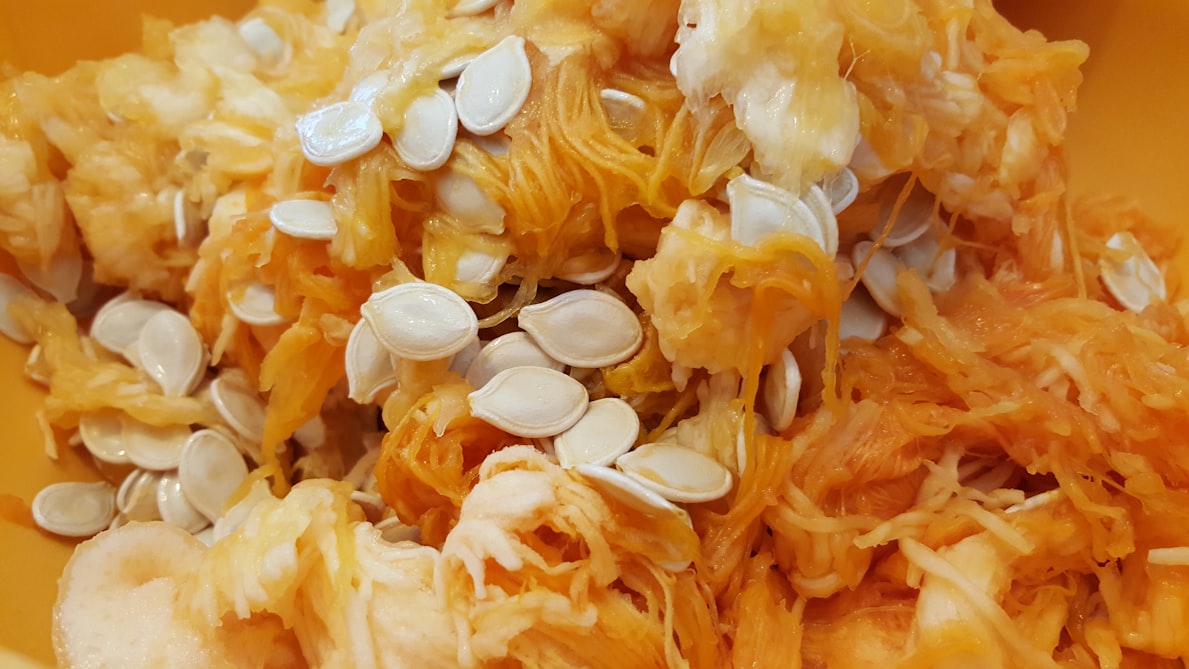
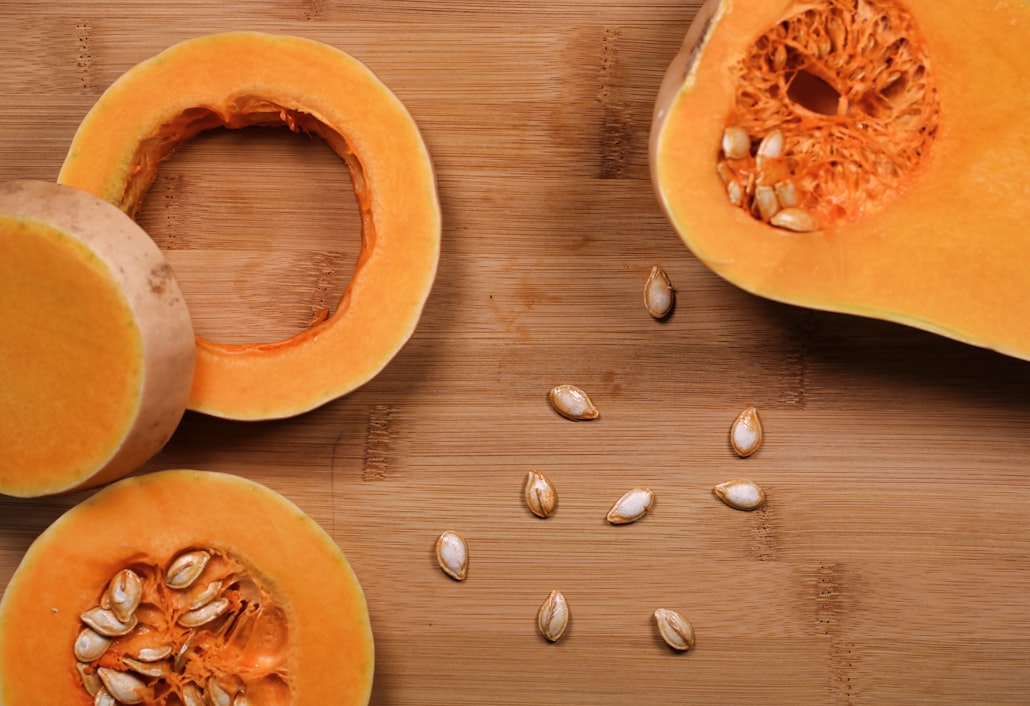



1 thought on “How To Grow Your Own Pumpkin Patch | Garden Season Growing Guide”
Pingback: 19 Creative Thanksgiving Decorations You’ll Wish You’d Thought Of First – Valerian's Realm